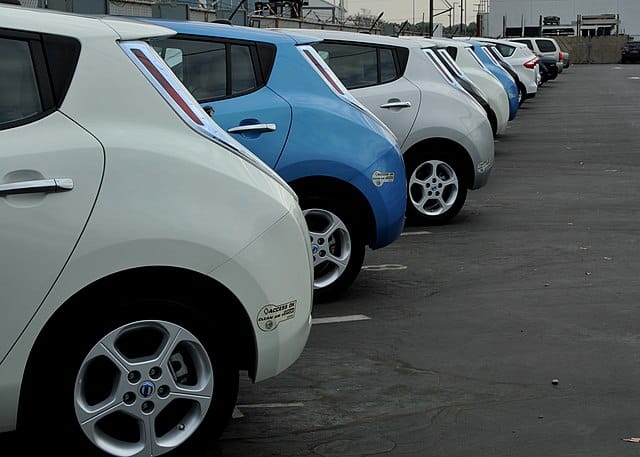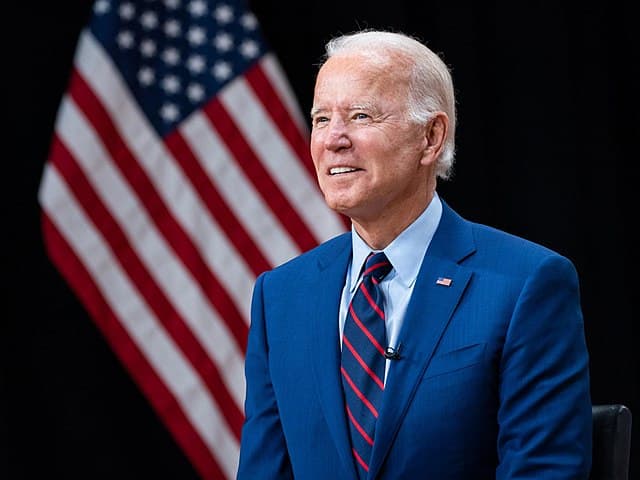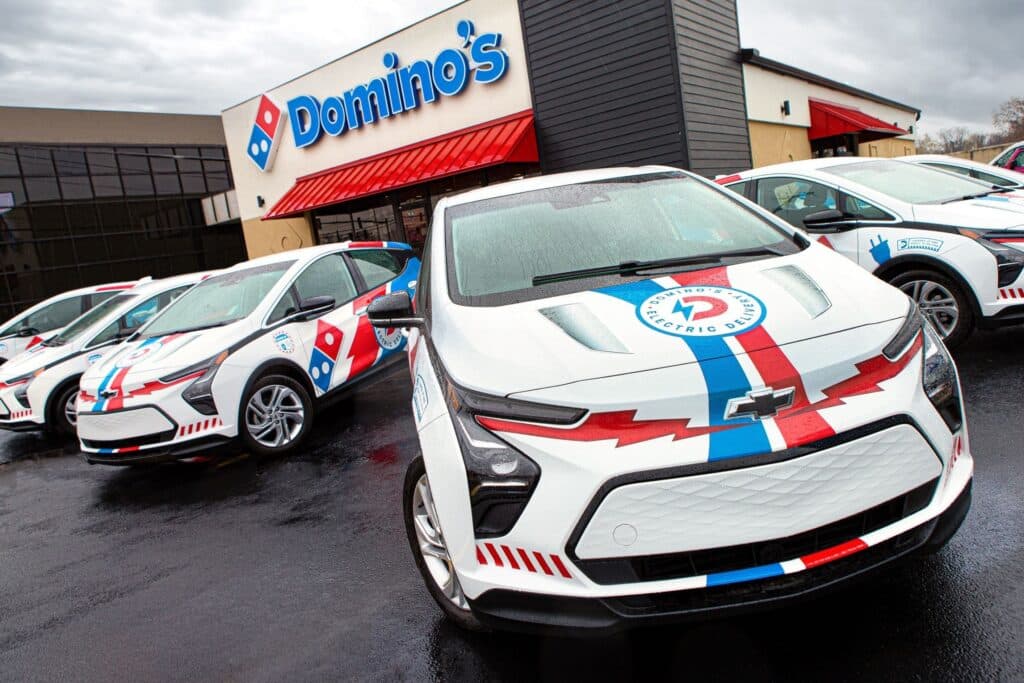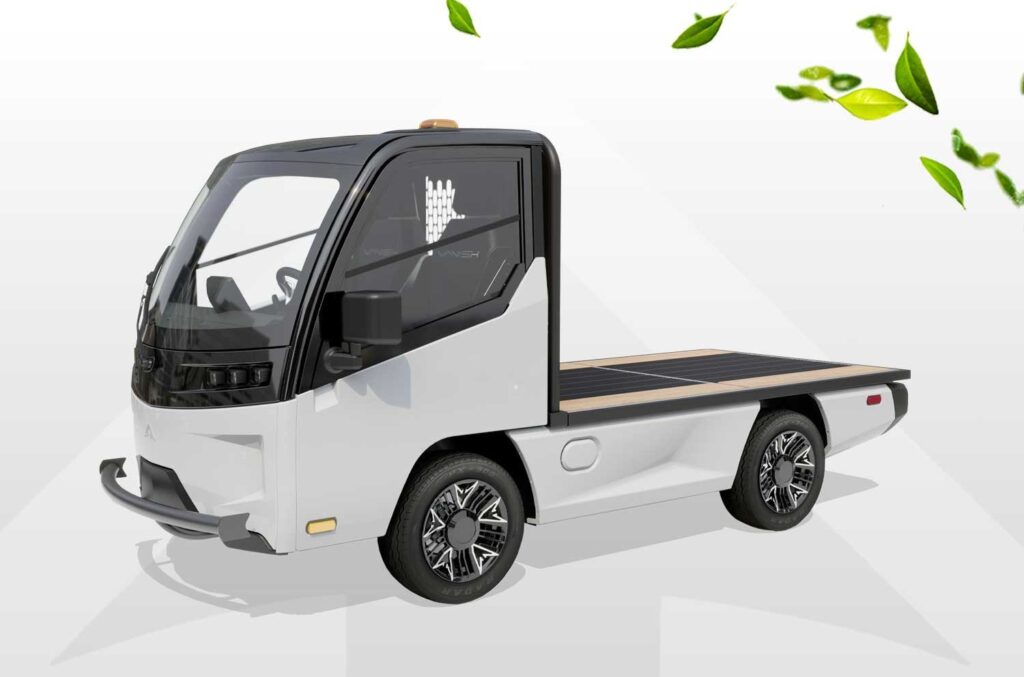Fleet Electrification Takes The Stage Amidst Biden’s Policies
The Biden Administration’s policies combined with various state initiatives have resulted in a potent paradigm shift: the electrification of sectors beyond just privately-owned vehicles. This is the culmination of an aggressive, EV-friendly agenda that Biden and the Democratic party have promoted in several states, commensurate with multifaceted taxes and incentives. Initially, the notion of electric vehicles seemed like a personal choice — one that had positive environmental ramifications, but still considered to be an “alternative” method of transportation.
Fleet electrification moves into high gear with reduced costs
Now, mass fleet electrification has extended itself beyond personal-retail vehicles and into the public sector. In addition to federal, state, or local incentives that can lower their purchase price, EVs offer high fuel economy, which translates to lower operating cost. Light-duty all-electric vehicle operation and maintenance (O&M) averages about 3 cents per mile according to the U.S. General Services Administration. EVs achieve their best fuel economy during stop-and-go driving conditions typical of many fleet applications. Electricity prices are also less volatile than those of gasoline/diesel, making it easier to predict fuel costs over time. Finally, lower off-peak electric rates may be available for charging, which further reduces EV fuel costs.

Transportation electrification is important to meet ambitious decarbonization goals
The President’s office believes that bold strides in transportation electrification are the key to meeting the ambitious decarbonization goals it has set, and this belief was concretized in the shape of the U.S. National Blueprint for Transportation Decarbonization; the document identifies that a third of greenhouse gas emissions derive from transportation costs. The National Blueprint is unique in its centripetal nature — four federal offices are privy to it, with the respective commissioners/heads of the U.S. Department of Energy, the U.S. Department of Transportation, the U.S. Environmental Protection, and the U.S. Dept of Housing & Urban Development all signatories on the Blueprint.

In light of this, a smorgasbord of regulatory and policy developments are setting the precedent for change in the dance between electrification and decarbonization. According to EnerKnol Research, many of these developments have been enacted with thanks to the Infrastructure Investment & Jobs Act (IIJA), Biden’s linchpin legislation that provisions tens of billions of dollars for Electric Vehicles (EVs), as well as their commensurate infrastructure. One such example is the mass fleet electrification of the U.S. Postal Service (USPS), which has committed to electrify 100% of its fleet from 2026, which entails the conversion of 66,000 vehicles.
Another: In October 2022, the Administration announced the awarding of $1 billion towards purchasing nearly 2,500 electrified school bus fleets across nearly 400 school districts nationwide. The electrification of commercial vehicles is a trend that is sure to continue, especially with further incentives and mandates on the horizon. If that’s not enough, other multi-pronged acts passed under Biden — the CHIPS & Science Act and the Inflation Reduction Act — combine to invest tens of billions of dollars into domestic manufacturing and charging.

EV infrastructure and grid modernization are a part of the effort
Moreover, EV infrastructure and grid modernization developments are also accruing to keep up with the breakneck speed of EV-related provisions. The U.S. Transportation Department is leading the charge, so to speak, on building out the nation’s first comprehensive national charging network as part of an IIJA mandate to create a network of 500,000 EV chargers by 2030. Better yet, the private sector is rushing to cash in on the IIJA and Inflation Reduction Act-outlined tax credits and incentives for EVs. The U.S. General Services Administration, a government agency, is offering commercial-level assistance with electrification efforts, the services include but are not limited to:
- Electric vehicle supply equipment installation
- Feasibility studies and site assessments
- Construction and design-build services
- Utility company coordination
- Electrical infrastructure upgrades (e.g., switchgear, transformers, etc.)
- Site work services (e.g., trenching, bollards, signage, pavement markings, etc.)
- Equipment testing and commissioning, and much more
Business takes the lead in fleet electrification
How are commercial entities reacting to the fleet electrification phenomenon? In accordance with the USPS’ aforementioned push to electrify their fleet, other companies across a variety of stakeholder groups are following suit. In November 2022, Domino’s Pizza announced they are adding over 800 Chevrolet Bolt vehicles to their transportation-delivery fleet, and have even reserved a part of their corporate website for customers to see where EVs are operating. Third party fleet facilitators — similar to the U.S. General Services Administration — like Enterprise Fleet Management, are helping with regards to logistics and infrastructure set up.

Manufacturers of EV commercial-fleet ready are also scrambling to take advantage of Biden’s conducive environment, with existing household names like Ford, Mercedes-Benz, GM as well as unicorn newcomers like Rivian, BYD and Nikola eager to develop solutions for the multibillion dollar freight transportation industry.
AYRO, an EV manufacturer located in Red Rock, Texas, announced the launch of the AYRO Vanish, a utlity-grade Low-Speed Electric Vehicle, which has potential to become a mainstay in electric trucking fleets. This development comes off of the most recent North American Low-Speed Electric Vehicle Report, which projects that the market demand for LSEVs will accrue by $5.5 billion from 2021 to 2027.
Lastly, EV solutions are also permeating the last-mile commute sector: on top of electric scooters and bikes, New York City’s Taxi & Limousine Commission have been reaping the benefits of automakers like Nissan and Tesla producing EV taxis as a result of their Battery Electric Vehicle (BEV) Pilot Program.

Much of mass-fleet management technology is synchronized with IoT, or Internet of Things
The technological benefits for fleet electrification are also multifarous. As much of mass-fleet management technology is synchronized with IoT, or Internet of Things, cutting-edge software can provide fleet managers with near-real-time analytics to, for example, observe battery levels or charging statuses live. Power giants like Constellation Energy are producing purchasable software that allows supervisors to generate forecast price analyses so that they can make informed decisions on the overall cost of maintaining the fleet, and predict mileage patterns as juxtaposed with charging capacity, so that they can effectively sequence delivery routes.
EV trade associations and large corporations offer solutions
Trade associations like the Electrification Coalition are offering software solutions that can be implemented as applications: the Dashboard for Rapid Vehicle Electrification is one such example; according to the tool’s official website it is capable of “to easily upload existing fleet data in any of a variety of formats and immediately view a data-rich analysis that includes available models of EVs, emissions reductions, and cost savings. The tool produces detailed results customized to the user’s ZIP code and fleet composition, revealing percent savings by EV model, total cost of ownership of EV models under different electricity prices, and side-by-side cost comparisons with conventional vehicles in a range of applications.”
At the megacap corporate level, multibillion dollar entities like Siemens GmbH are pouring millions of Research & Development dollars into consulting programs that aid Logistic, eBus, corporate, municipal, and heavy-duty fleets, replete with make-ready Siemens charging technology and open-source guides for electrical engineers to install said infrastructure.
Fleet electrification is a paradigm shift
The notion of EVs entering commercial sectors including but not limited to trucking, trains, public transportation and eventually air travel is an exciting prospect — one that Biden can cement his legacy with. The involvement of public, private and federal entities in mass-electrifying the country’s transportation networks will be an industrial revolution in its own right.
EVinfo.net appreciates the participation of EnerKnol and Shahid Mahdi for their research on fleet electrification.

Product Manager @ EnerKnol / Speaker / Energy Tech, Cybersecurity, E.S.G, & Sustainability Advocate
